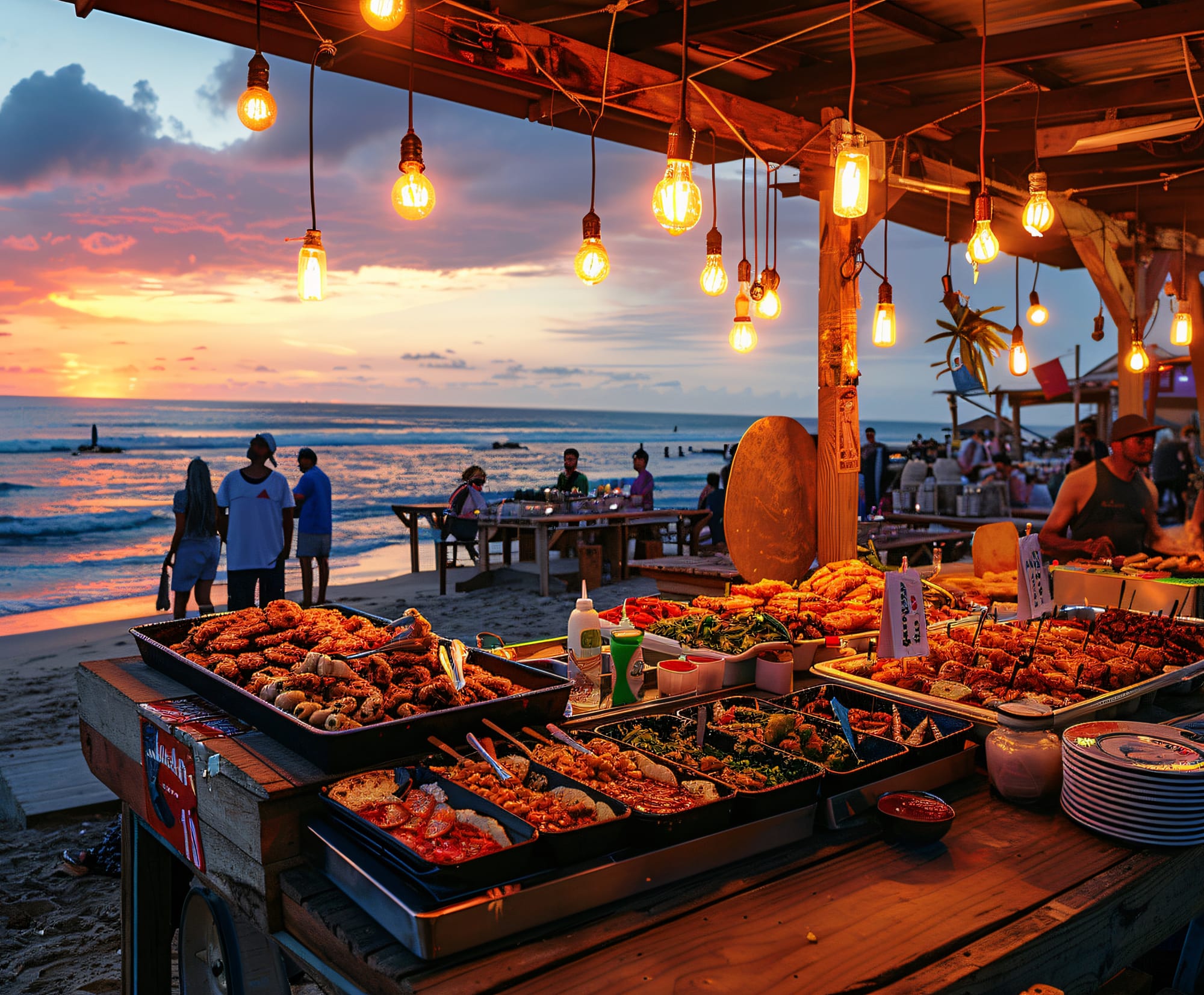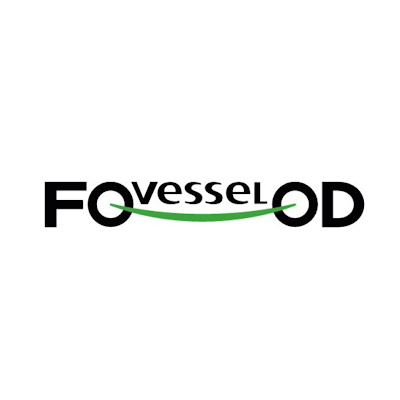From Ocean to Table: Exploring the Journey of a Seafood Seller

Seafood is big business. With a global trade value soaring to $143 billion each year, it's no wonder that every step in the seafood supply chain is important. But how does all that seafood from the ocean reach the plate? Explore the fascinating journey of the seller's seafood market, highlighting key countries and origins such as Norway, Japan, and Thailand, where precision and quality control are paramount.
Harvesting Seafood from the Ocean
The first step in the seafood journey is harvesting it from the ocean, which requires methods specific to the various kinds of seafood.
Trawling: Efficient for species like pollock and flounder but raises environmental concerns due to bycatch.
Trolling: Selective technique using baited lures behind a moving boat. Targets high-quality fish like salmon with minimal bycatch.
Purse Seining: Encircles schools of fish (e.g., herring, tuna) with a large net. Efficient but can impact fish quality with high-volume catches.
Gillnetting: This method uses mesh nets to entangle fish. It is selective and has minimal bycatch, but it risks ghost fishing and quality degradation if the fish are entangled too long.
Longlining: Deploying a long line with baited hooks at various depths, it is selective for species like swordfish and halibut and maintains higher fish quality.
Pot Fishing: This method uses traps for shellfish (e.g., lobsters, and crabs). It is highly selective and ensures high-quality seafood, typically brought ashore alive.
Dredging: Dragging metal rakes for shellfish like scallops and clams. It is efficient but can cause significant environmental disruption.
Aquaculture: Farming seafood in controlled environments (e.g., salmon, shrimp). Ensures consistent supply and high quality with better monitoring.
Processing: Maintaining Freshness and Quality
Here are some essential tips for maintaining the freshness of seafood from purchase to preparation:
- Keep Seafood Cold
Store seafood in the coldest part of your refrigerator, ideally at or below 40°F. To extend freshness, keep it on ice for best results.
- Store Seafood Properly
- Finfish should be used within 1-2 days after purchase. If not used immediately, wrap it tightly and freeze it.
- Store shellfish like mussels, clams, and oysters in a shallow pan covered with damp paper towels in the refrigerator. Live shellfish can be used within 2-3 days; oysters can last up to 7-10 days.
- Frozen seafood should remain frozen until ready to use. Remember to rotate your freezer stock using the FIFO (First In, First Out) rule to ensure older products are used first.
- Thawing Frozen Seafood
Thaw frozen seafood in the refrigerator overnight for the best results. If you’re in a hurry, you can submerge the seafood in cold water (inside a sealed bag) or use the microwave’s defrost setting.
Logistics: The Complex Supply Chain of Seafood Distribution
The seafood supply chain is complex, with various players adding layers of risk and potential for data loss.
Here’s how key factors impact it:
- Product Differentiation: High-volume products are harder to trace and often mixed with unsustainable options, while differentiated products need robust tracking to maintain quality.
- Brand Influence: Leading brands can drive standards for sustainability and quality, leveraging their market presence to effect positive change.
- Relationship Dynamics: Strong, long-term relationships between fishers and buyers enhance trust, pricing, and sustainability practices.
- Consolidation: Integrated chains offer better control and sustainability but may prioritize profit over practices. Dispersed chains are flexible but face coordination challenges.
- Market Access: Middlemen can limit fishers’ negotiating power; direct access or high-demand products can improve sustainability.
How Food Vessel Helps Streamline the Seafood Supply Chain
Food Vessel excels in improving the seafood supply chain through its comprehensive B2B services:
Integrated Supply Chain Solutions:
- Secure Transactions: Our certified escrow process ensures secure payments and accurate remittances for wholesale seafood sellers.
- Quality Inspection: We partner with top inspection services to uphold high standards for all seafood products.
- End-to-End Delivery: We partner with leading logistics providers and offer live pricing and shipment tracking for transparent, efficient deliveries.
Support for Seafood Sellers and Buyers:
- Targeted Marketing: We catalog high-demand seafood products at competitive prices, connecting a seller of seafood with the right buyers.
- Business Improvement: Our commercial data insights help businesses improve trading potential and streamline procurement.
Food Vessel, a B2B marketplace, optimizes the seafood journey from sustainable harvesting to precise delivery by partnering with fisheries, aquaculture farms, and global logistics providers. For reliable seafood solutions, Food Vessel delivers unmatched expertise and support.
